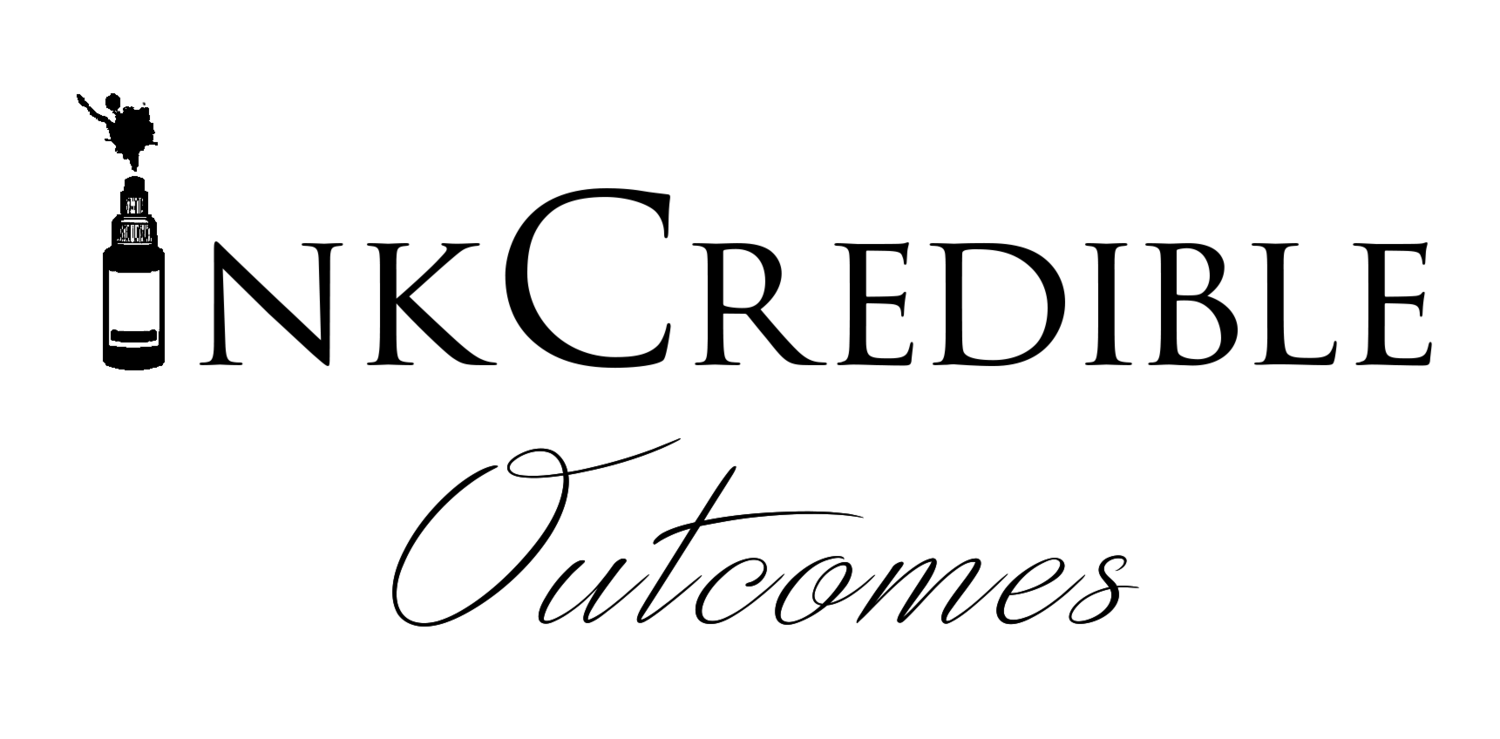There are a number of considerations when deciding which option to choose. But there is absolutely no rush in making a decision. Ideally, the breast needs to heal from the reconstruction surgery for six months before you can proceed with a reconstructed nipple or a tattoo.
The Pros and Cons of Reconstructed Nipples
Reconstructed nipples are usually shaped from breast skin in the surrounding area, but in some cases, the skin may be taken from another part of the body. The tissue is then formed into a projection that is shaped like the natural nipple. The reconstructed nipple can then be shaded, most effectively done using a 3D tattoo, which produces very realistic, dimensional results. An older technique, called dermabrasion, is still commonly used by many aestheticians and plastic surgeons. This technique also injects ink into the skin surface, but it doesn't have the range or depth of color that 3D tattoos offer, and usually fades faster.
One drawback of nipple reconstruction is that it is yet another surgery and a woman who's already gone through a mastectomy and mound reconstruction may not feel up to an additional operation or want to deal with the risks involved. For women who had a double mastectomy, another problem is uneven nipples since they often collapse a bit after surgery and may do so unequally. However, a reconstructed nipple may be a better choice for women who have had a single mastectomy and want to match their other nipple – especially if their natural nipple protrudes rather than lies flat. Another consideration may be how important nipples are to their sexual partner. While a reconstructed nipple may be more satisfying to some partners, it's unlikely to provide any erogenous benefits for the one who has had the reconstruction, since there's little to no sensation in that area after surgery.
What You Need To Know About Nipple Tattoos
What's great about 3D tattoos applied directly to the mound is that, once the mound heals, they can be done quickly and without surgery, minimizing the risks of infection and pain, as well as the need to take time off from work. And since no skin is moved around in the process, the contours of the mound are not affected, often retaining a nicer, smoother shape. If you've had a double mastectomy, 3D tattoos can also produce far more symmetrical results.
However, a big consideration is that results can vary significantly depending on who does the tattooing. Tattooing is an art, and it's important to make sure you use an experienced artist. In most causes a skilled tattoo artist can deliver better and more realistic result than doctors. Some of these tattoo artists are affiliated with medical facilities, while others practice out of tattoo parlors. Before deciding on an artist, find out how many nipple tattoos they've, and ask to see their portfolio.
If you're considering a 3D nipple tattoo, let your surgeon know about it before mound reconstruction surgery. Since scars can affect the placement of the tattoos, your surgeon can have your future plans in mind when considering where the incisions are made. After surgery, make sure to ask the surgeon about the best location for the nipple tattoo based on the health of the skin – skin that's very thin should not be tattooed. Each nipple tattoo takes about an hour and usually isn't painful. The further out from reconstruction, the more time the nerves have to grow back, and the more discomfort you might experience during tattooing. It's wise to start small and go lighter, since you can have tattoo touch-ups that make the nipple larger and darker in the future, but there's no reversing the work once it's done.
There are also women who are choosing to forgo nipples altogether but are instead getting ornamental tattoos done on their reconstructed breasts that can be quite beautiful and personally meaningful. And increasingly, women are choosing to go flat without reconstruction and may opt to also have decorative tattoos done on their chest.



